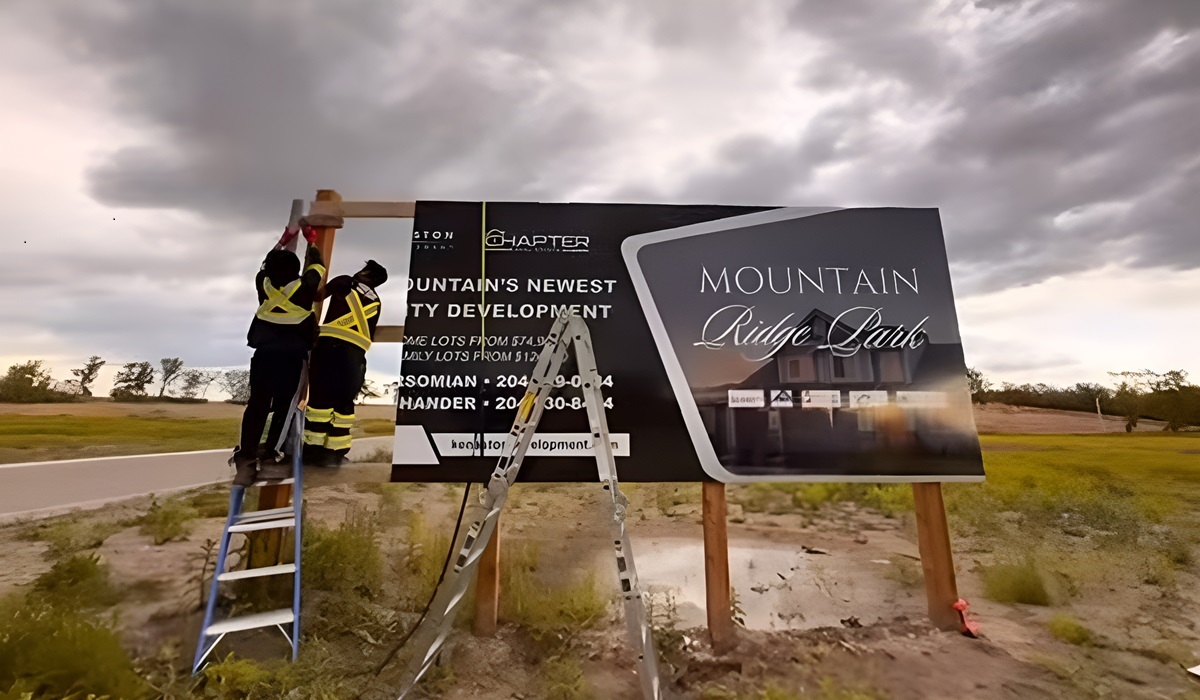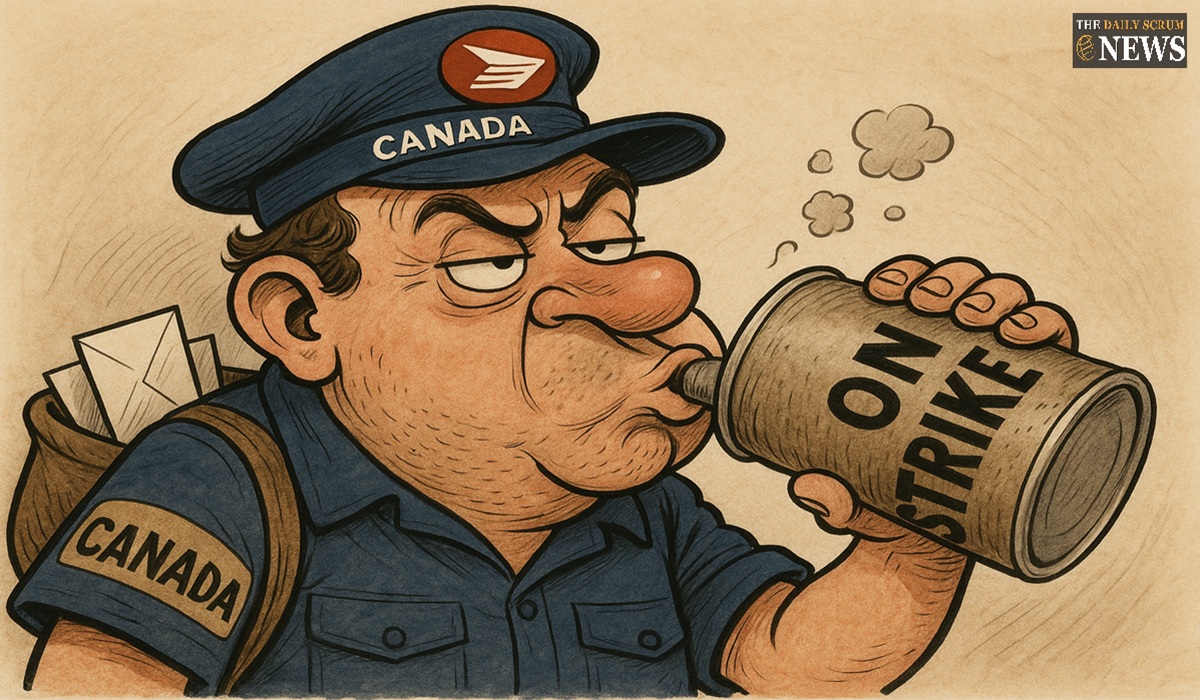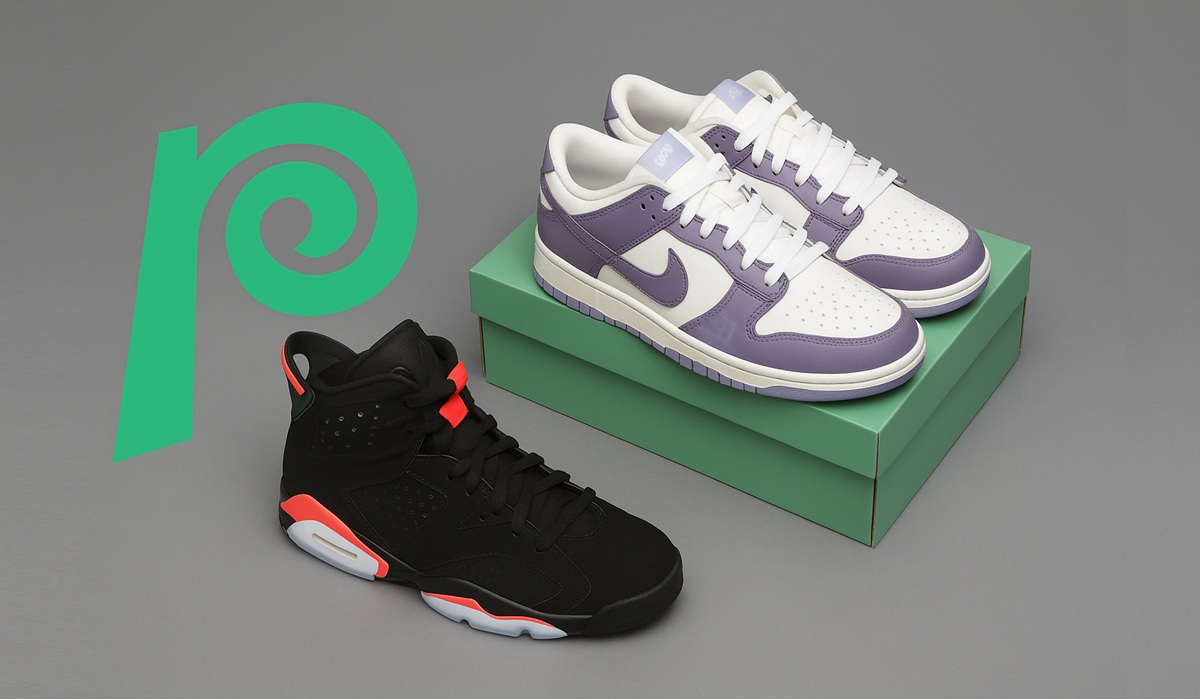The Lifecycle of a Print Project: From Concept to Completion
- T Flow Printing & Signage
- Business
- Trending News
- August 4, 2025

When a client sees the final product—a vibrant sign mounted on their storefront, a vehicle wrapped in bold graphics, or a crisp banner hanging proudly—they’re often struck by how seamless it all looks. But behind that polished result is a carefully choreographed process involving collaboration, creativity, technical precision, and a deep understanding of the craft. At T Flow Printing & Signage, every project follows a detailed, time-tested lifecycle that transforms ideas into stunning printed realities. Knowing how this process works not only helps clients appreciate the journey, but also empowers them to play a meaningful role in shaping the outcome.
The lifecycle begins with an idea. It might be a vision the client already has in mind, or it could be a vague sense that something needs to be done—perhaps an updated look for a storefront, a new set of branded materials, or signage for an upcoming event. This initial concept is where we start asking the right questions. What are you trying to communicate? Who is the audience? Where will the finished product live? These aren’t just casual inquiries—they form the basis of everything that follows. During this stage, we engage in discovery conversations that help clarify objectives and uncover important technical considerations like size, materials, deadlines, and budget. Even the environment—indoor or outdoor, mobile or stationary—affects what direction we take.
Once we understand the client’s goals, we move into the design phase. This is when creativity meets strategy. Our design team gets to work bringing the concept to life visually, using professional tools to shape colors, layout, fonts, and imagery into something that not only looks amazing but also functions in its intended context. A great design for a business card won’t necessarily work for a billboard, just as a vehicle wrap requires a completely different approach than a window decal. This is where T Flow’s experience becomes invaluable. We consider not just aesthetics but the technical limitations and capabilities of various print formats. As designs take shape, we send digital proofs to our clients—previews that show what the final product will look like. Feedback is encouraged. Sometimes we go through a few rounds of revisions, refining the layout or adjusting color schemes until everything aligns with the client’s vision. That collaboration is key, because once a design is approved, we move into production—and changes become more difficult and costly to make.
Before we print anything, we take the design files through a critical stage called prepress. This step is often invisible to clients, but it’s one of the most essential parts of the process. Our team checks that all colors are properly formatted, that image resolutions are print-ready, and that no elements—like fonts or logos—will drop out or distort during output. We also ensure that bleed, trim, and safety margins are correctly set up so the finished piece comes out clean and professional. File preparation isn’t just about pushing buttons. It’s about anticipating problems before they happen and using years of technical expertise to safeguard quality.
Then comes production, the stage where the digital meets the physical. Using high-quality, state-of-the-art printers and equipment, we transfer the design onto the chosen substrate—whether it’s vinyl, fabric, metal, plastic, or paper. The type of material matters, because each one has unique properties that affect how it receives ink, handles exposure, or maintains durability over time. Our shop runs with impressive efficiency, but we never sacrifice quality. Every print job is carefully managed by trained technicians who understand not just how the machines work, but how to bring out the best in every project. For large-scale projects like vehicle wraps, banners, or signs, this stage may involve multiple print passes, layering, or specialized techniques like lamination for added protection.
Once printing is complete, the project moves into finishing. Here, we trim edges, mount graphics, add protective coatings, and prepare the pieces for their final destination. This stage also includes a thorough quality control inspection. Every item that leaves our shop is reviewed with a critical eye to ensure it meets our high standards. Color consistency, alignment, cutting accuracy—these details matter more than most people realize, and getting them right is what separates a professional job from a forgettable one.
If installation is required, our trained crews take over. Whether we’re mounting signage on a storefront, applying a wrap to a vehicle, or setting up large displays for an event, we approach every install with precision and care. We arrive on time, work efficiently, and leave your space cleaner and better than we found it. For clients, this moment is often the most exciting—seeing the physical transformation of their space or brand presence. It’s a moment of pride, and we share in that excitement every single time.
But even after the project is installed or delivered, we don’t just disappear. One of the things that sets T Flow Printing & Signage apart is our commitment to ongoing support. We archive project files for easy reordering, help with future updates or redesigns, and remain available to offer guidance on new initiatives. Many of our clients come back again and again because they know the process works—and they trust the people behind it.
From start to finish, the lifecycle of a print project is about more than ink and materials. It’s about vision, trust, and execution. It’s about helping businesses communicate who they are in a bold, visible way. And it’s about making sure every client, big or small, feels seen, heard, and supported. That’s what we do at T Flow Printing & Signage—every day, on every project, for every customer.
If you’re thinking about launching your next print project, there’s no better time to begin. Message us on Facebook today and let’s talk about how we can bring your vision to life.








